Arrival & Briefing
Upon arrival at Kilimanjaro International Airport, you will be transferred to your accommodation where your guide will meet you for a full briefing and equipment check.
Overnight Ameg Lodge (Classic) or Lake Chala Safari Lodge (Premium)
Trek Day 1 - Rongai Gate To Simba Camp
- Rongai Gate (1,950m/6,400ft) to Simba Camp (2,625m/8,610ft)
- Elevation Gain:675m/2,210ft
This morning you will drive for approximately 2-3 hours to the Rongai Nalemoru Gate, near the Kenyan border. After registering, begin your Mt Kilimanjaro Climb through the forest where you may see and hear wildlife, including black and white Colobus monkeys. Enjoy lunch on the trail, before continuing to the first campsite.
 Overnight Simba Camp
Overnight Simba Camp
Trek Day 2 - Simba Camp to Kikelewa Camp
- Simba Camp (2,625m/8,610ft) to Kikelewa Camp (3,600m/11,800ft)
- Elevation Gain:975m/3,190ft
Day two takes you through Kilimanjaro's moorland with views of Mawenzi Peak ahead. The morning is steep and here you may begin to feel the Kilimanjaro Altitude.
Explore the first cave before resting over lunch close to the second cave. The afternoon is gentler, contouring across the moorland to camp in a sheltered valley. Trekking time is approximately 6-8 hours.
 Overnight Kikelewa Camp
Overnight Kikelewa Camp
Trek Day 3 - Kikelewa Camp to Mawenzi Tarn
- Kikelewa Camp (3,600m/11,800ft) to Mawenzi Tarn (4,330m/14,200ft)
- Elevation Gain: 730m/2,400ft
Today you will hike in the morning and rest in the afternoon, to help you acclimatize.
The trail is relatively short but steep, and you are rewarded with superb all-around views and a tangible sense of wilderness.
The campsite lies below Mawenzi Peak and offers stunning views of both Mawenzi and Kibo, allowing you to truly appreciate the impressive Kilimanjaro Height.
This spot is ideal for taking in the grandeur of Kilimanjaro’s majestic peaks.
 Overnight Mawenzi Tarn
Overnight Mawenzi Tarn
Trek Day 4 - Acclimatization Walk to Mawenzi Tarn Camp
- Acclimatization Walk & Return to Mawenzi Tarn Camp
- Elevation Gain:650m/2,130ft
Today you can enjoy a relaxed breakfast, as you will be staying at Mawenzi Tarn for a second night and do not need to pack! The morning will be spent on an acclimatization walk on Mt Kilimanjaro.
Depending upon how you are feeling this can be a steep walk up the scree slopes towards the peak of Mawenzi, or a gentler climb to the ridge or the lunar desert, visiting the eerie site of a plane crash.
Return to Mawenzi Tarn for a hot lunch and an afternoon of rest.
 Overnight Mawenzi Tarn
Overnight Mawenzi Tarn
Trek Day 5 - Mawenzi Tarn to Kibo Huts Camp
- Mawenzi Tarn (4,330m/14,200ft) to Kibo Huts Camp (4,700m/15,410ft)
- Elevation Gain: 370m/1,210ft
The saddle crossing between Kibo and Mawenzi feels lunar and offers spectacular views, but is exposed and can be windy.
Kibo Huts Camp sits directly below the summit cone, looking down over the Kenyan plains and Mawenzi and upwards to the climb that lies ahead.
After lunch and a full summit briefing, rest in preparation for your Kilimanjaro Summit attempt.
 Overnight Kibo Huts Camp
Overnight Kibo Huts Camp
Trek Day 6 - Kibo Huts to Uhuru Peak
- Kibo Huts (4,700m/15,410ft) to Uhuru Peak (5,895m/19,340ft) then descending to Horombo Huts (3,720m/12,200ft)
- Elevation Gain: 1,195 m/3,930ft
- Elevation Gain: 2,175m/7,140ft
Around midnight, begin the final ascent to Uhuru Peak, the highest point in Africa. For the next six hours, hike by the light of your flashlight.
The ascent to the crater rim is the most challenging part of the entire trek. The trail consists mostly of steep switchbacks, with a rocky section known as Jamaica Rocks to scramble over as you approach the crater rim at Gilman's Point (5,756m).
The hike from Gilman's to Uhuru Peak is a gradual climb and, as far as hikes go, not very difficult. The altitude however makes it feel long and tiring.
After summit celebrations descend to Kibo Huts to eat, before continuing down to Horombo Huts to camp.
Total trekking time is around 14 hours, so be prepared for a very tough day.
 Overnight Horombo Huts
Overnight Horombo Huts
Trek Day 7 - Horombo Huts to Marangu Gate
- Horombo Huts (3,720m/12,200ft) to Marangu Gate (1,840m/6,040ft) to Moshi
- Elevation Gain:1,880m/6,160ft
Finish your trek with a descent to the Marangu Gate. Your last hike on Kilimanjaro is a beautiful one, passing through the cloud forest.
This Climbing Kilimanjaro trek will take approximately 5-6 hours. At the gate, you will be met and transferred to Moshi.
 Overnight Ameg Lodge (Classic) or Pink Flamingo Boutique Hotel (Premium)
Overnight Ameg Lodge (Classic) or Pink Flamingo Boutique Hotel (Premium)
Departure Or Onwards Travel
Today you will be transferred to Kilimanjaro Airport in time for your flight, or if you’ve decided to extend your Tanzanian adventure, begin the next part of your journey!





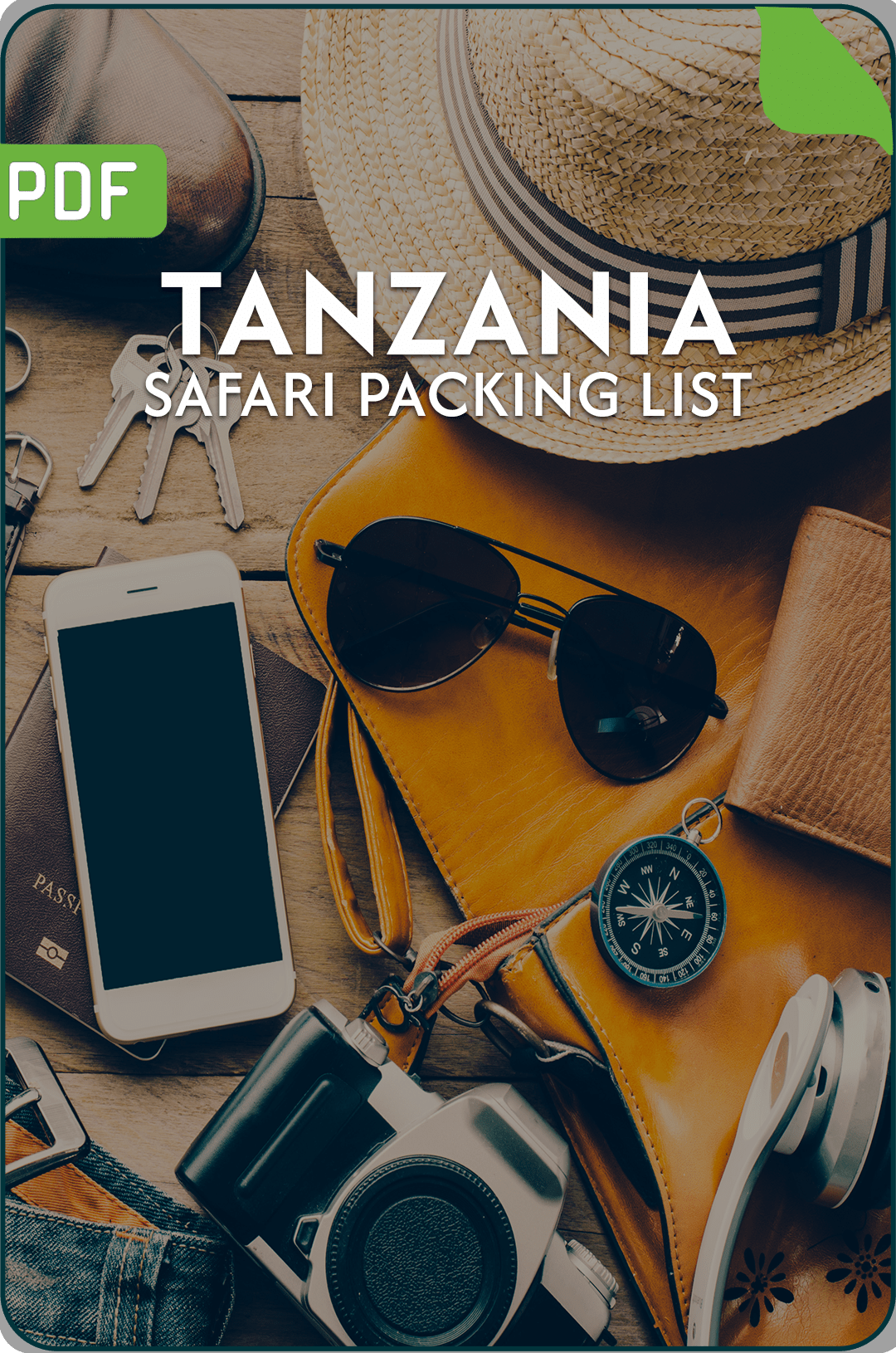

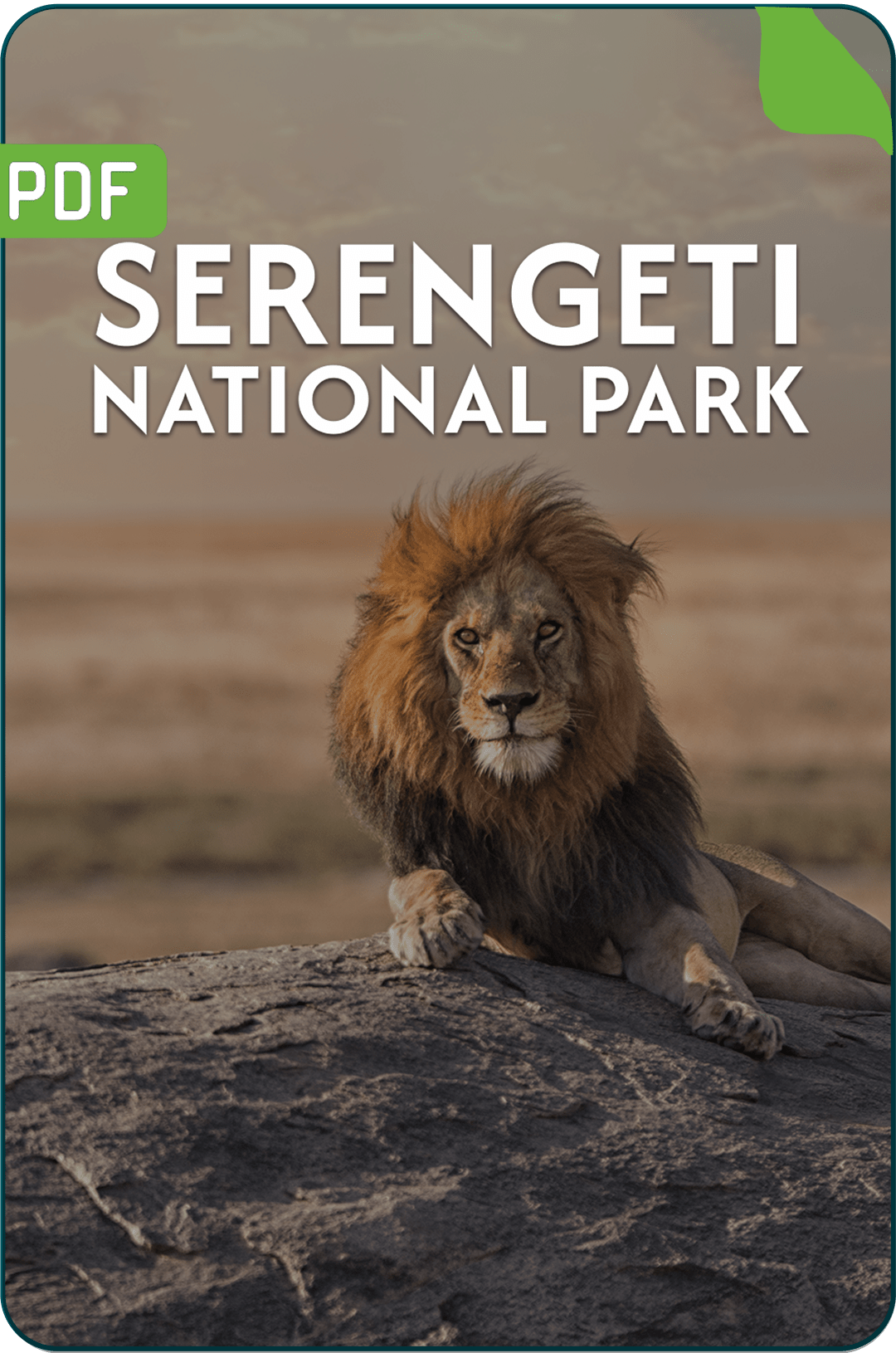
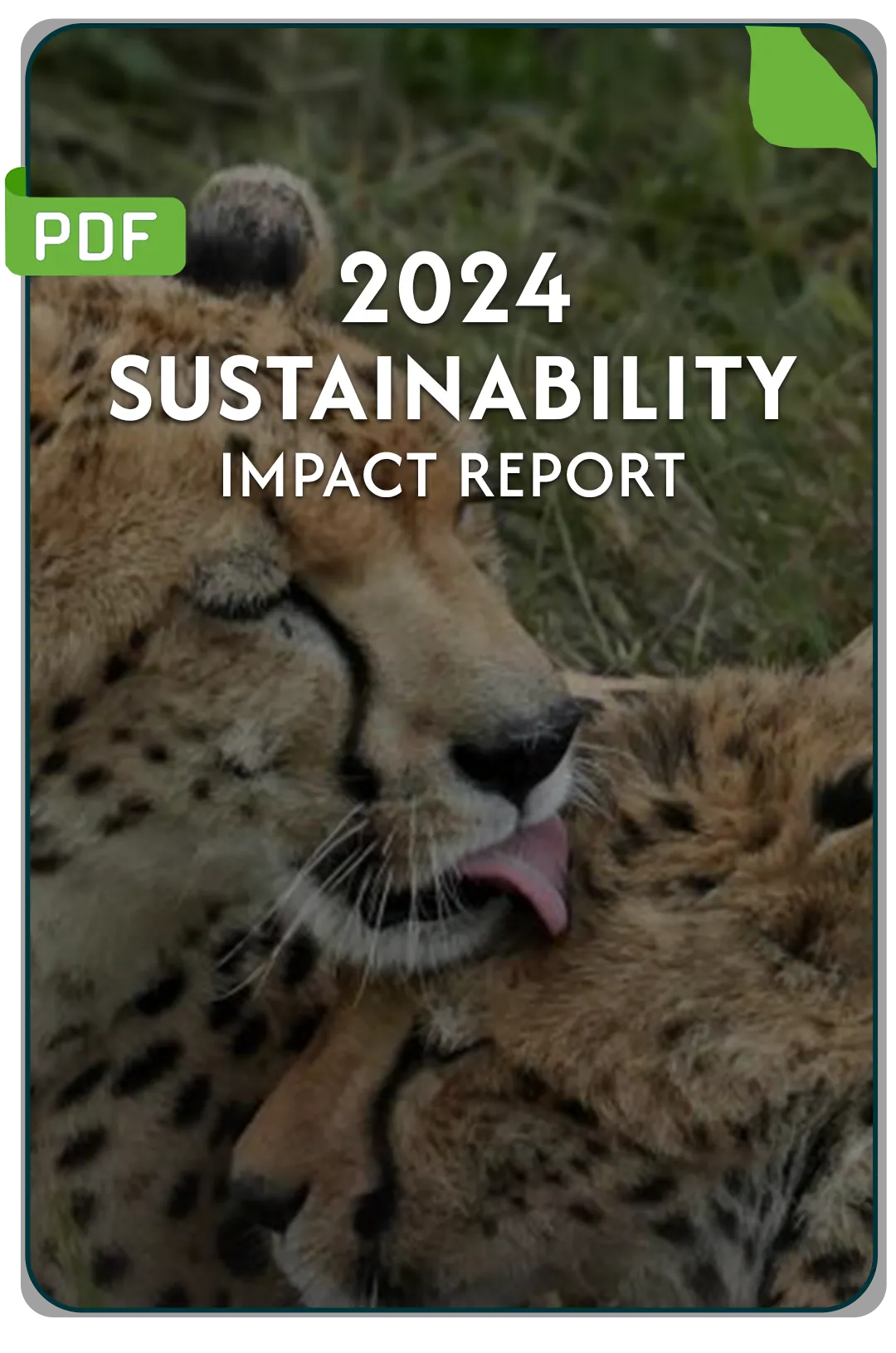








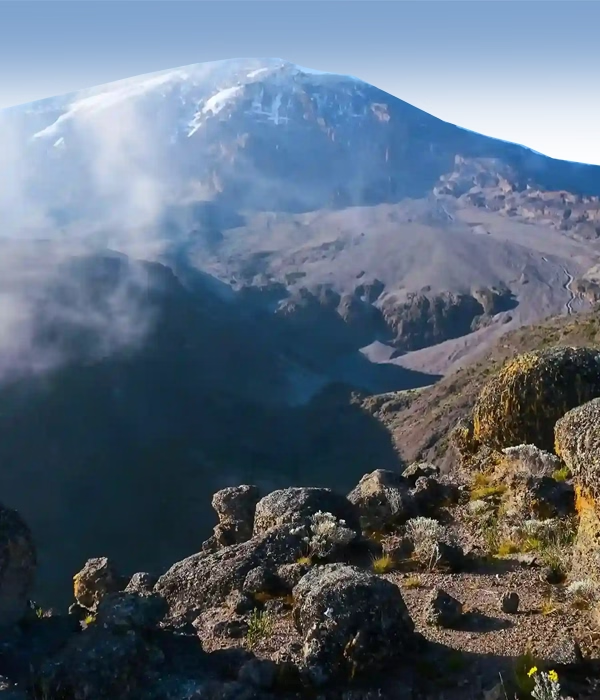
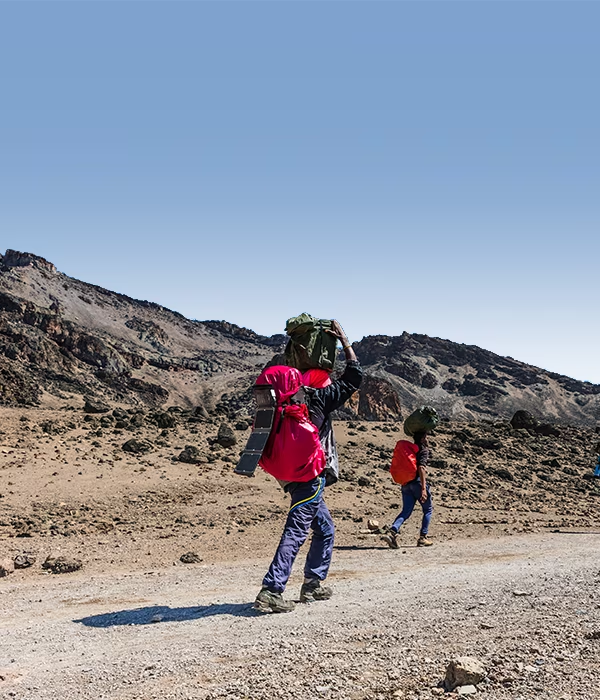
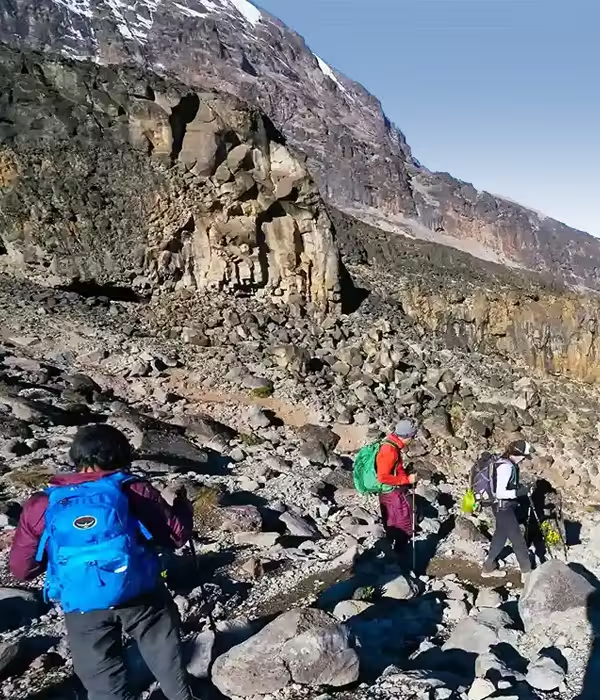




 Overnight Simba Camp
Overnight Simba Camp






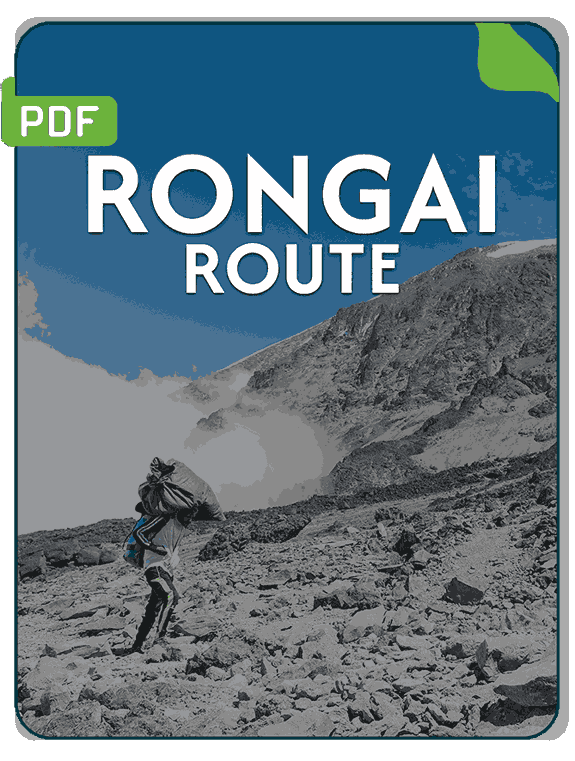




 African Scenic Safaris #1 on TripAdvisor
African Scenic Safaris #1 on TripAdvisor 




